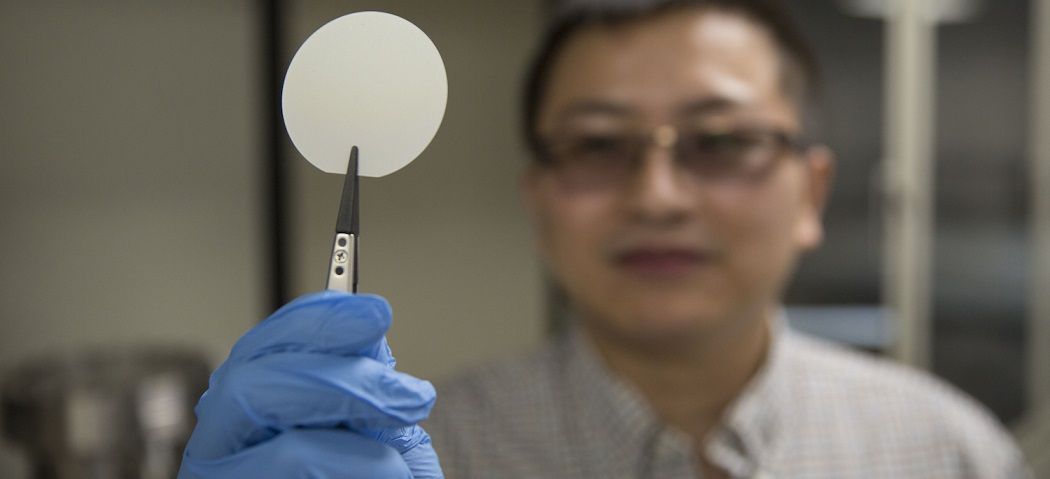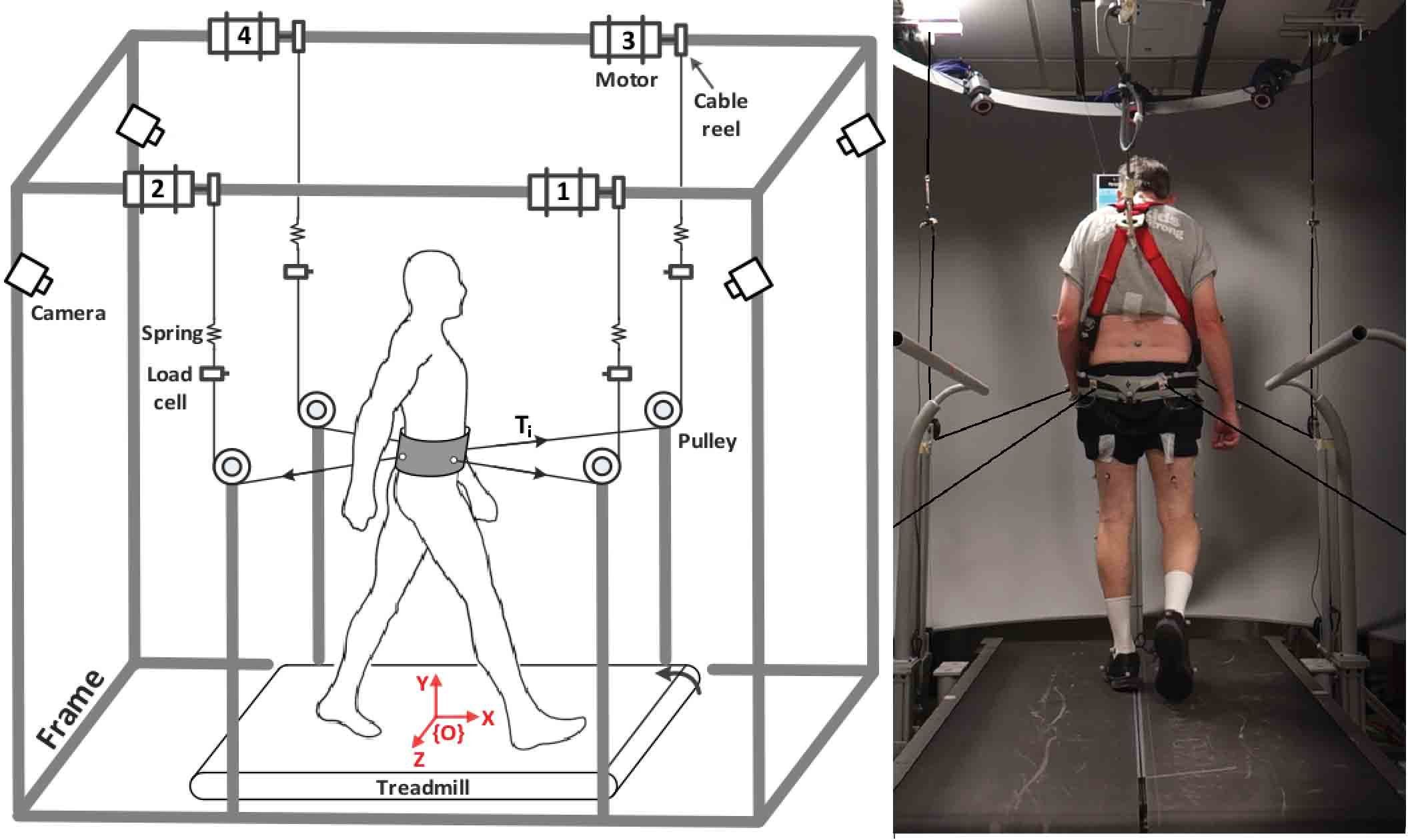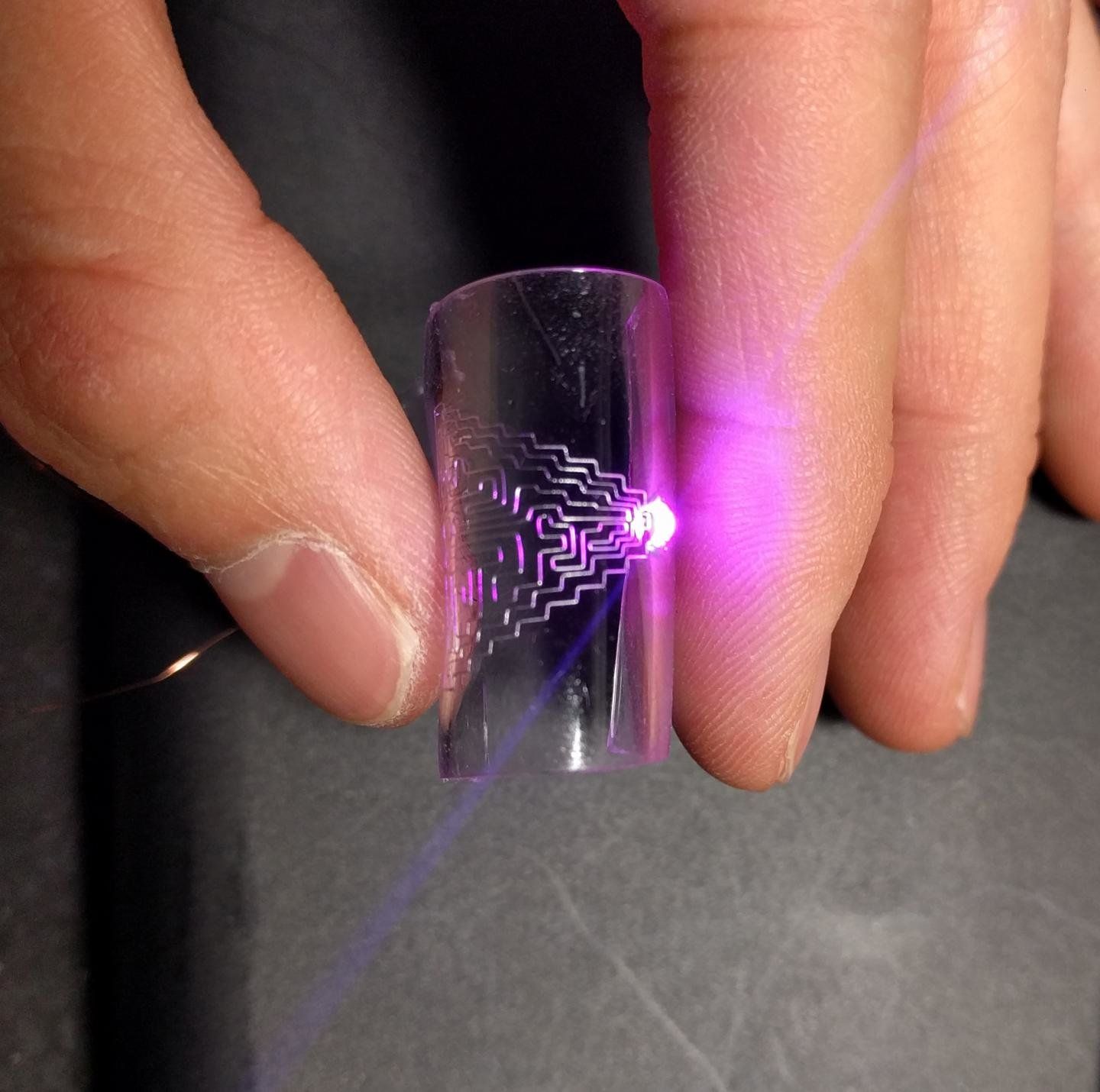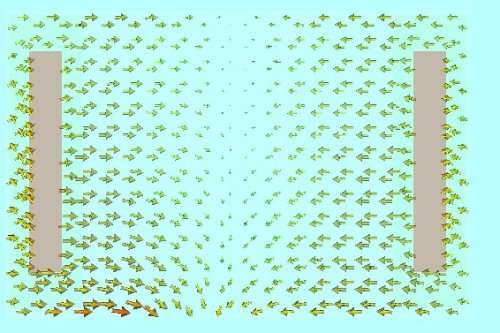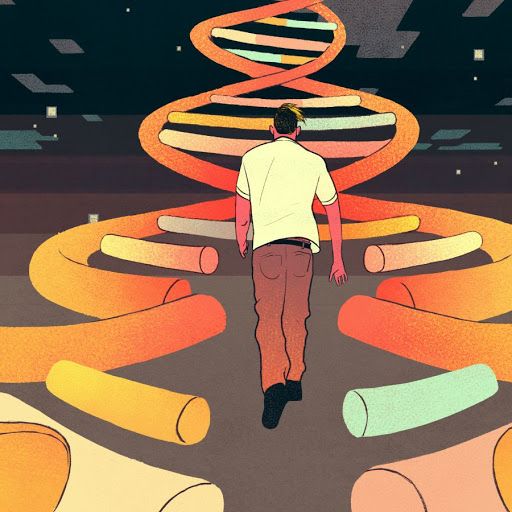A material known as gallium nitride (GaN), poised to become the next semiconductor for power electronics, could also be essential for various space applications. Yuji Zhao, an expert in electrical and computer engineering at Arizona State University (ASU), plans to develop the first ever processor from gallium nitride, which could revolutionize future space exploration missions.
Gallium nitride is a semiconductor compound commonly used in light-emitting diodes (LEDs). The material has the ability to conduct electrons more than 1,000 times more efficiently than silicon. It outstrips silicon in speed, temperature, power handling, and is expected to replace it when silicon-based devices will reach their limits.
Besides LEDs, GaN can be used in the production of semiconductor power devices as well as RF components. Now, Yuji Zhao aims to use this material to develop a high-temperature microprocessor for space applications. He received a three-year $750,000 grant from NASA’s Hot Operating Temperature Technology (HOTTech) program for his project.
